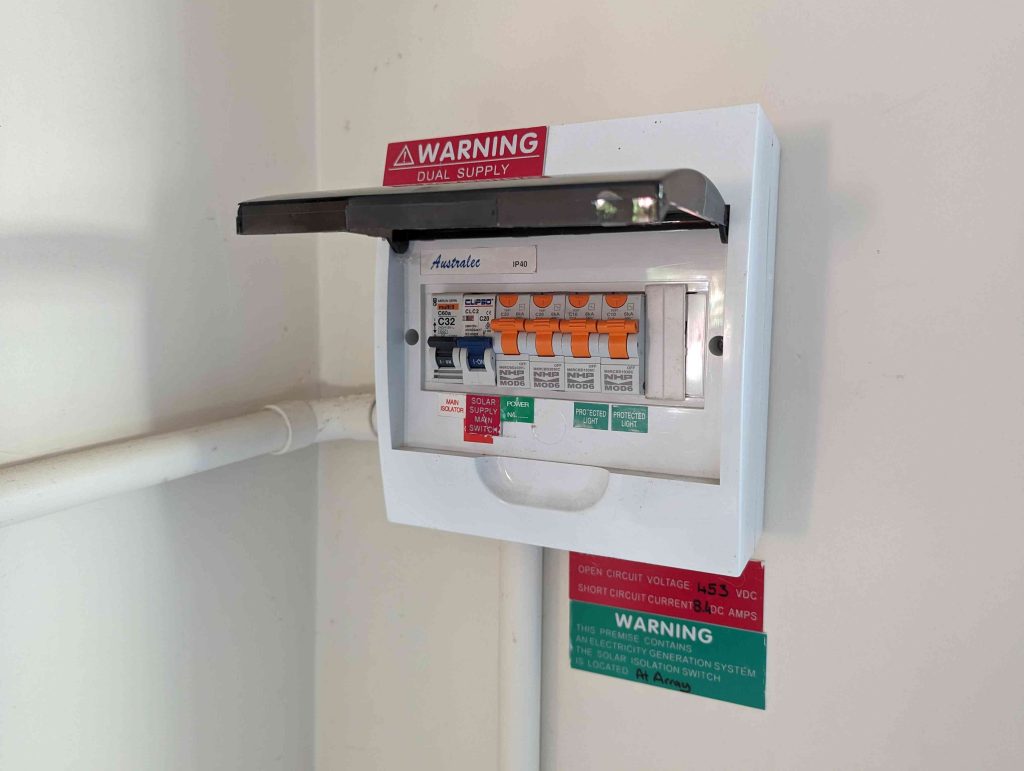
How Much Power Do I Need?
Consider a home power upgrade if you are converting gas appliances to electric including heat pumps, electric vehicle charger or induction cooktop.
Good power supply ensures that your electrical appliances will run efficiently with longer life.
New Power Demand Tariff
The new demand tariff uses our smart meters and pricing to discourage and hence reduce our collective peak power demand. This eases peak pressure on the power grid, making it more stable.
Consider power management products to keep your total power demand within supply limits.
Reduce your power costs by running your discretionary appliances sequentially during the day with your solar power.
Discretionary appliances include heat pumps for heating, cooling and hot water, plus pool pumps, washing machines, dryers, dishwashers, etc.
The key point is to run these appliances across the day with your solar power to reduce your power bill under the demand tariff.
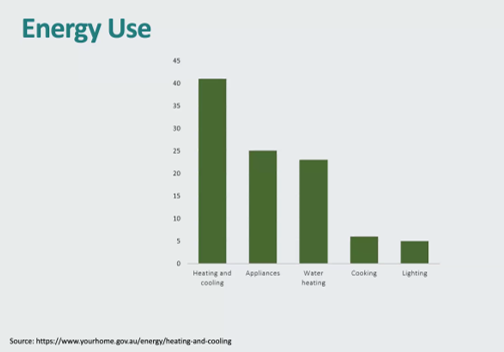
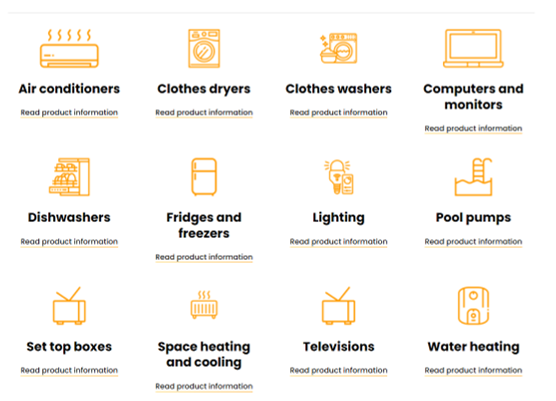
Existing Power Demand
Firstly, identify your existing power demand from your annual power bills for the past two years. Note monthly changes due to seasonal factors, such as additional power demand for winter heating or summer cooling.
Maximum Power Demand
Next, undertake a maximum power demand calculation to assess your peak power demand by adding the power demand of all your appliances that may run together.
Explore strategies to reduce your maximum power demand by running discretionary appliances at different times during the day with your solar power. For example, most Australian states now require heat pump water heaters to have a timer so they can run during the day with solar power. Also, they are more efficient when the air is warmer.
Do I Have Enough Power?
Factor in your expected future power demand as your household grows or new major appliances are added.
Most Australian homes are wired with 40 to 80 Amps power supply, either as 1-phase or 3-phase, with 2 or 4 wires including neutral. If you are converting gas appliances to electric, your home may not have sufficient power. Therefore, you may need a home power upgrade to ensure:
- Sufficient power to support your existing and new appliances
- Compliance with electrical safety standards and regulations
Also, older meter panels may not meet today’s regulations and may require relocating or upgrading. For example, they may be made of timber, lack a hinged cover, or located in areas that are no longer acceptable, such as a carport.
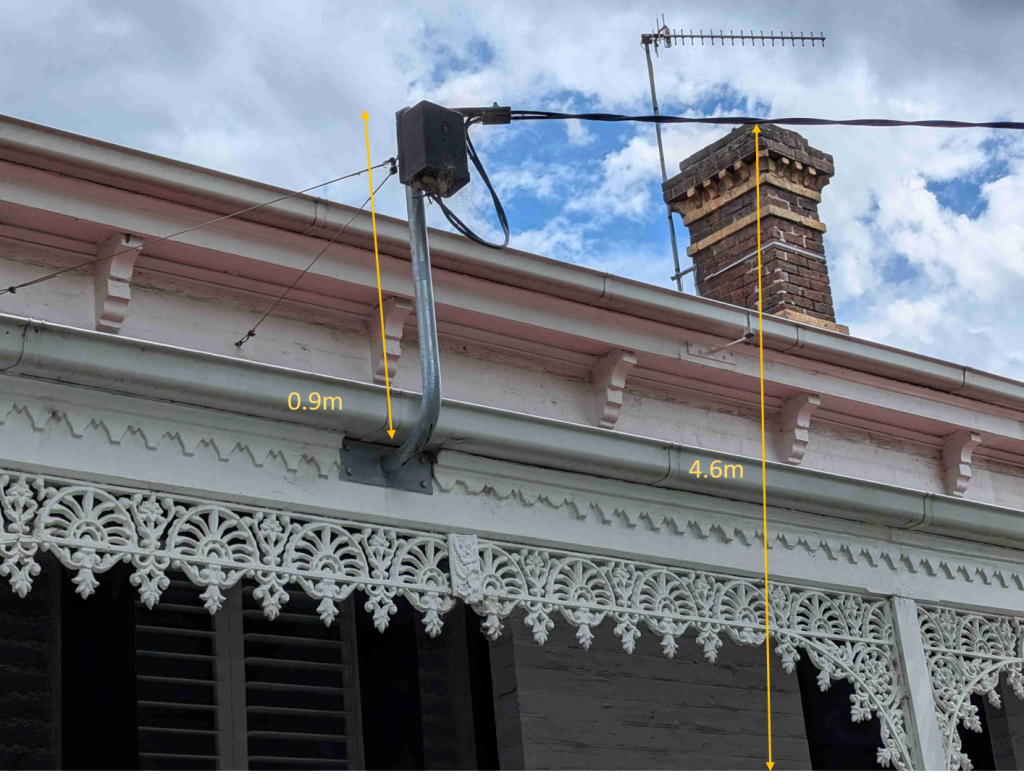
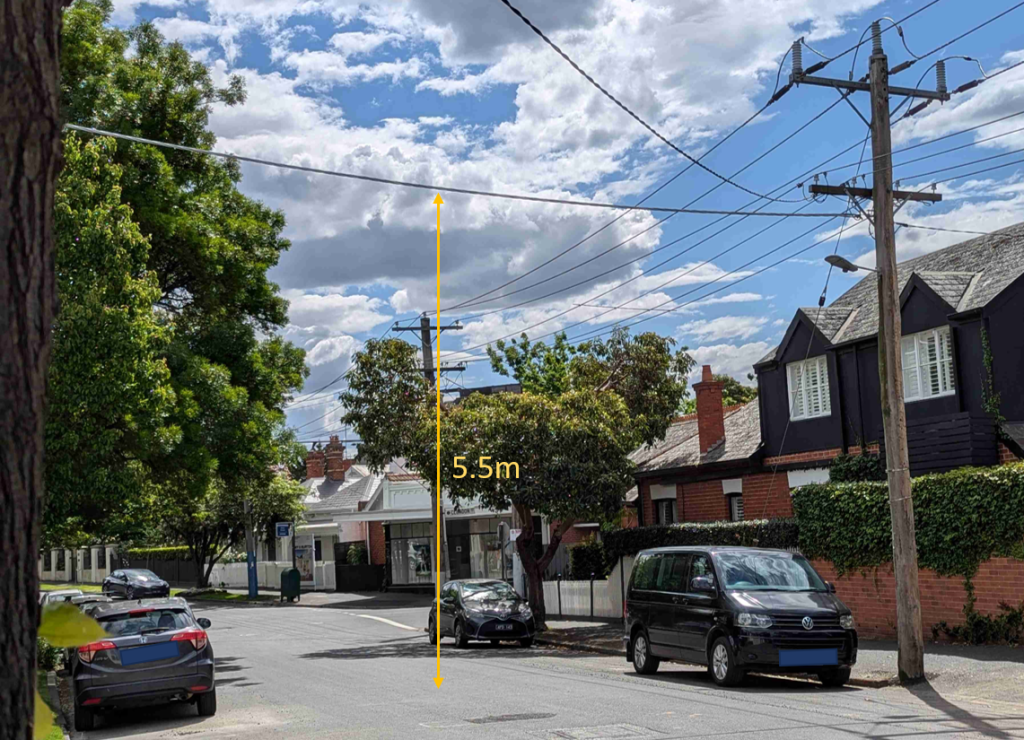
What Are My Options?
There are two main options for a home power upgrade in Australia:
- Overhead power
- Underground power
Overhead power is typically cheaper, but if it does not comply with height regulations, underground power will be required.
Option 1: Overhead Power
Overhead power wiring must meet the following minimum heights in Australia:
- 5.5 meters over public roadways
- 4.6 meters over areas traversable by vehicles, including driveways, lawns, etc., if a vehicle can drive on it
Point of Attachment
The wiring height at the point of attachment must be:
- Located on the foremost part of the house facing the power pole connecting the wiring
- Between 3 and 6 meters from the ground for a non-traversable area
- Safely accessible by a person standing on a ladder
A mounting bracket can add up to 900 mm height to the point of attachment.
Other Regulations
Overhead wiring must avoid, where practical, the crossing of areas such as swimming pools, structures, adjacent properties, etc.
Wiring must have safe clearance from vegetation, verandas, openable windows, balconies, and other structures.
Cost Estimate
Depending on site factors, a typical overhead power upgrade will likely cost between $5,000 to $15,000.
Ask for a site assessment to get an accurate quote. The final cost will depend on:
- Supply utility fees and charges
- Mounting bracket heights and fixing requirements
- The distance and difficulty of installing new cabling from the point of attachment to the meter panel and switchboard
- Whether your switchboard has the capacity for the new supply
- Whether your existing power meter and switchboard meets current Australian regulations
For a new build or renovation, consider your power demand at the design stage to reduce costs.
Option 2: Underground Power
If the regulatory requirements for overhead power supply cannot be met, or if you do not like visible wiring, consider underground power.
If you do not have an underground electrical pit installed at your property boundary, your power utility will need to install one.
The typical cost is likely to be between $8,000 to $10,000 depending on site factors.
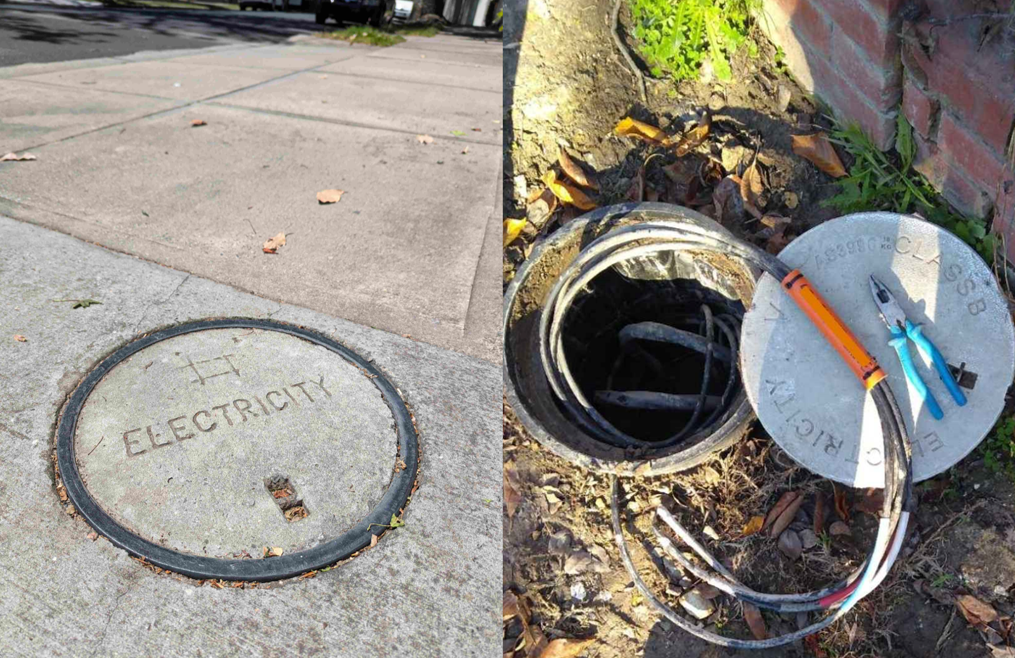
Installation Process:
From the pit, underground wiring inside conduits will be run to the meter panel.
The conduit must be buried to a depth of at least 600 mm, with warning tape placed at 50% of the trench depth.
In addition, wiring from the meter panel to the switchboard will need upgrading.
Cost Estimate:
For a typical underground power upgrade, excluding underground electrical pit, the price range could be between $5,000 to $20,000.
The wide range is due to the wide variety of site factors. Ask for a site assessment to get an accurate quote.
Final Cost
The final cost will depend on:
- Distance and difficulty of the installation
- Trenching conditions such as hard soil and rocks
- Routing around existing structures, landscaping, water, gas, or telecommunications lines.
- Additional works for driveways, landscaping that may require additional trenching or boring.
- Whether the existing meter panel meets current standards and requires an upgrade.
For three-phase supply, add between $2,000 to $4,000 to the total cost, or more depending on the complexity of the installation and cable routing.
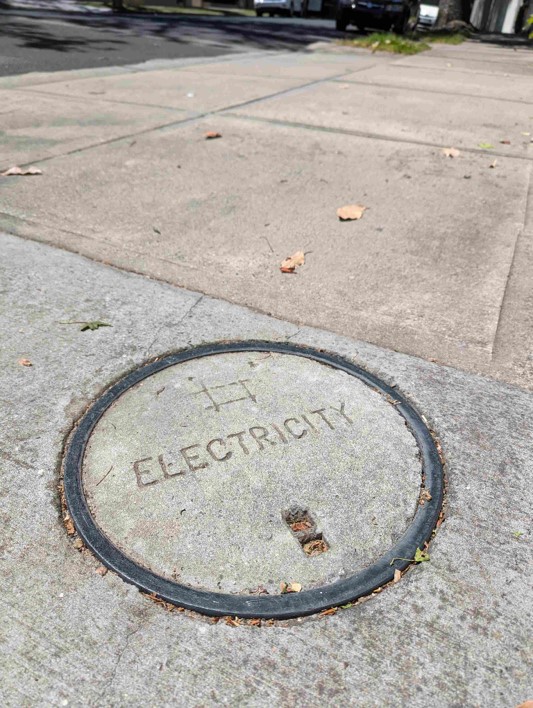
More information:
Here are some relevant links to help you consider a home power upgrade for converting gas appliances to electric:
